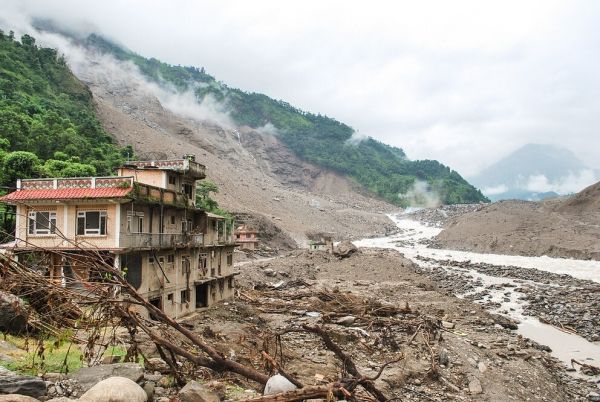The effects of monsoon rainfall on food insecurity in Nepal vary by earthquake exposure, with regions that experienced both heavy earthquake shaking and abundant rainfall more likely to have an inadequate supply of nutritious food.
That is one of the conclusions of a study led by Heather Randell, assistant professor of rural sociology and demography in Penn State’s College of Agricultural Sciences. She said the findings have implications for Nepal — one of the most disaster-prone countries in the world — and for countries around the globe, given the increasing frequency and severity of extreme weather events due to climate change.
“While many studies have examined how individual natural disasters or adverse weather events impact crop production and food security, little is known about the effects of exposure to multiple events in close succession,” Randell said. “The knowledge gained from this study can serve as a platform to create adaptation strategies that will improve global health and promote sustainable development.”
Continue reading at Pennsylvania State University
Image via Pennsylvania State University


